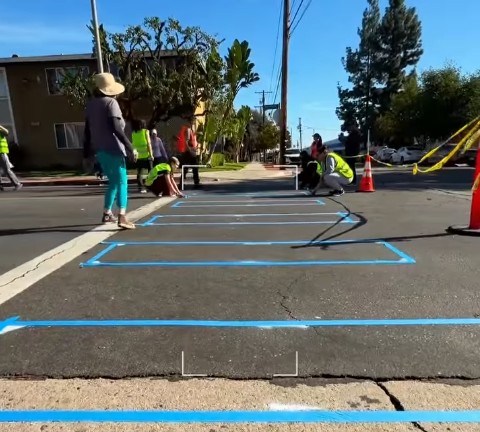Duke University may have dealt the final blow to Durham's $3-billion light rail plans when it refused to enter into mediation with transit leaders last week, citing a "lack of workable solutions."
But recent history in other cities with light rail lines near university research centers shows there is a simple workable solution to this problem. In Minneapolis and Seattle, for example, concerns raised by universities about the very same issues were overcome using a special vibration-absorbing construction add-on called a "floating slab."
As a result, the University of Washington and University of Minnesota communities enjoy huge benefits in terms of transit access.
Duke officials stunned the region late last month when they announced they would not sign an essential agreement to allow the 18-mile light rail project to use university-owned land, effectively killing the project, which is facing hard deadlines to apply for federal funding. The effusiveness of Duke's concerns, outlined in a recent report by Triangle Transit raises questions about their sincerity. But one of the key concerns at this stage, Duke says, is that vibrations and electromagnetic fields from the light rail will interfere with tests and research at its university affiliated medical center. Duke refused to comment for this story.
But here in a January 2018 blog post, Seattle's Sound Transit explains how it helped alleviate those same concerns:
The tracks will sit on a series of extra-dense concrete slabs that each weigh 11,000 pounds. The concrete mixture used to make the slabs includes a special type of hematite sourced from a site near Duluth, Minn. that was selected for its heavy weight and non-magnetic properties.
Each of the 1,618 slabs will sit on custom-built rubber pads sourced in part for their durability and vibration-absorbing properties.
Mitigation in that project cost about $43 million in total and included moving some labs, the Seattle Times reports.
Sound Transit installed this "floating" concrete slab to reduce vibrations for its University Link light rail project.
The Twin Cities used a similar design to minimize vibrations near University of Minnesota labs for its $1 billion Green Line light rail project, which runs through campus on its 11-mile route from St. Paul to downtown Minneapolis.
The transit agency there also conducts annual testing of vibrations, and has committed to keeping them below agreed upon levels.
Both of these projects, it should be noted, have been major successes. Minneapolis' green line bested its ridership projections by about 50 percent, and carries about 40,000 daily riders. Seattle's University Link Light Rail extension was a huge ridership boon for the agency, adding about 50 percent to the system's total ridership.
Connecting light rail to universities can be complex but it tends to pay big dividends in terms of ridership.







